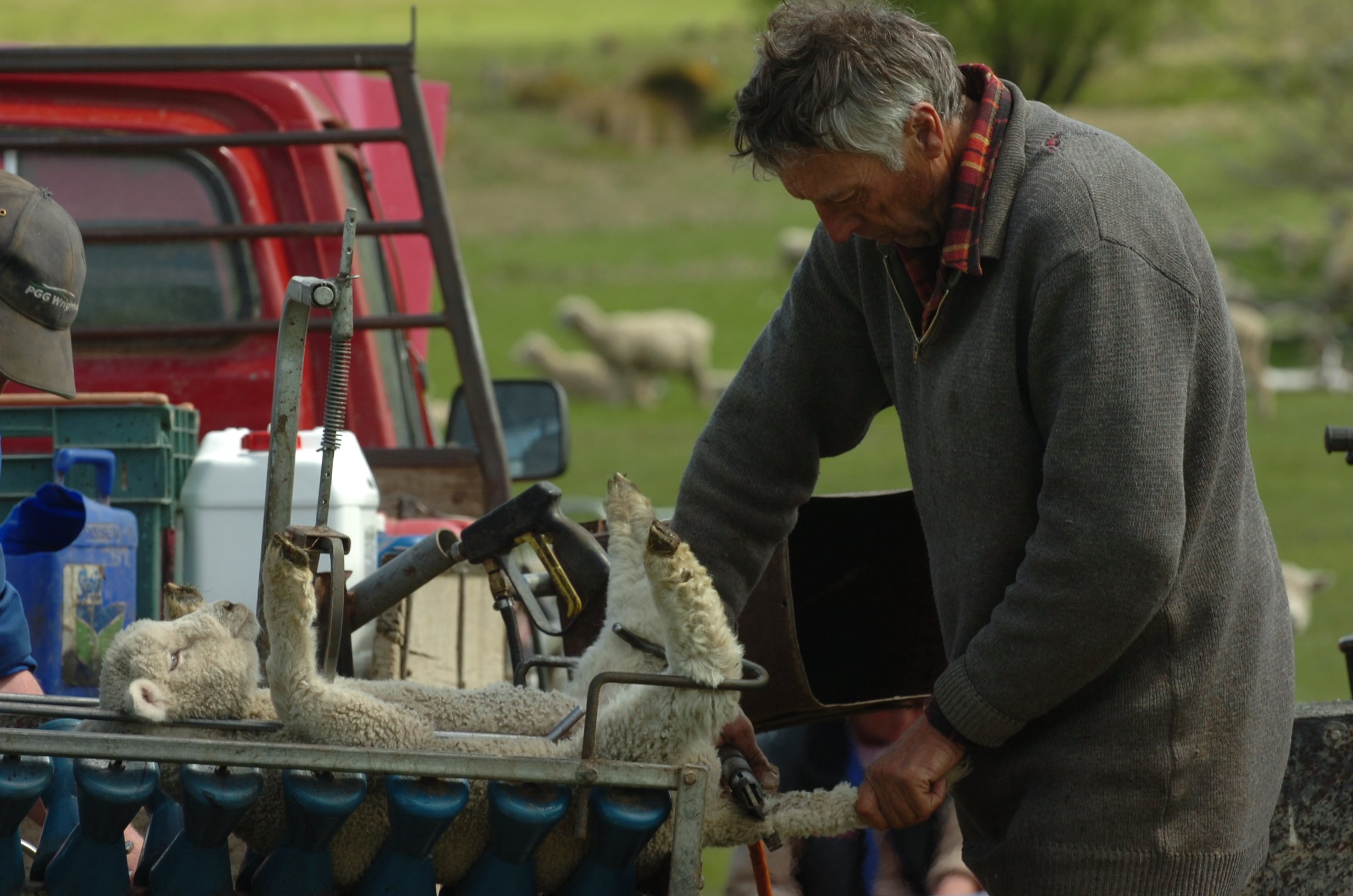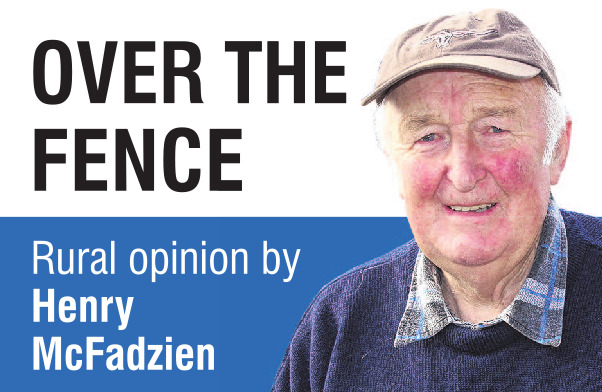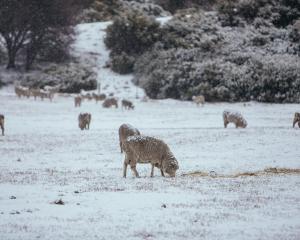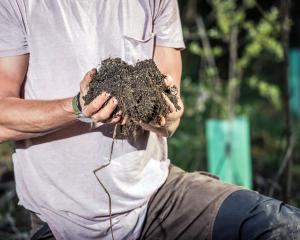
Should it coincide with a general election, it somehow benefits the political party in power with a few extra votes.
However, if the All Blacks had played the Irish on Friday morning instead of Sunday morning, the way the country turned their back on Labour, I don’t think it would have made much difference.
Politics can be a brutal soul-destroying game but Winston, who has ‘‘bit the dust’’ a few times, has got up, dusted it off and got back on ready for another rodeo at Parliament.
Back to the farm, where the tailing is now cleaned up.
One of the subjects that came up was whether in the future we will have to use pain relief to use rubber rings on the purse and tail or hot iron on the tail.
Farmers who supply the NZ Merino Company have been directed that pain relief for lambs will be required for tailing lambs by mid-2025.
The cost of the drug is about 50c.

Lambs are to be no older than 12 weeks and the right weight to size of the pain relief to be administered and the article describes several anaesthetics and anti-inflammatories that require 15 to 20 minutes to take effect, plus there is also paperwork and the farmer bears the cost.
If the meat companies demand we do the same practice in the future, tailing is going to be a long, drawn-out task.
On the dairy farm it has been compulsory for a couple years that calves have to be given a painkiller before they have their buds removed, which has meant it takes twice as long to do the job and twice the price, but it’s only 10 minutes for the pain-relief to work.
The herd is coming up to the peak of its seasonal production before the end of the month and by Christmas half of its annual production.
The tail paint is on, so the next reproductive cycle is about to begin.
For the R1s (rising yearlings) young Jersey bulls will be purchased privately. In the Otago Daily Times on October 1, 14 yearling bull sales were advertised with a combined tally of 759 bulls of four different breeds, and I would venture to say most will find a home.
It’s quite a lucrative business.










